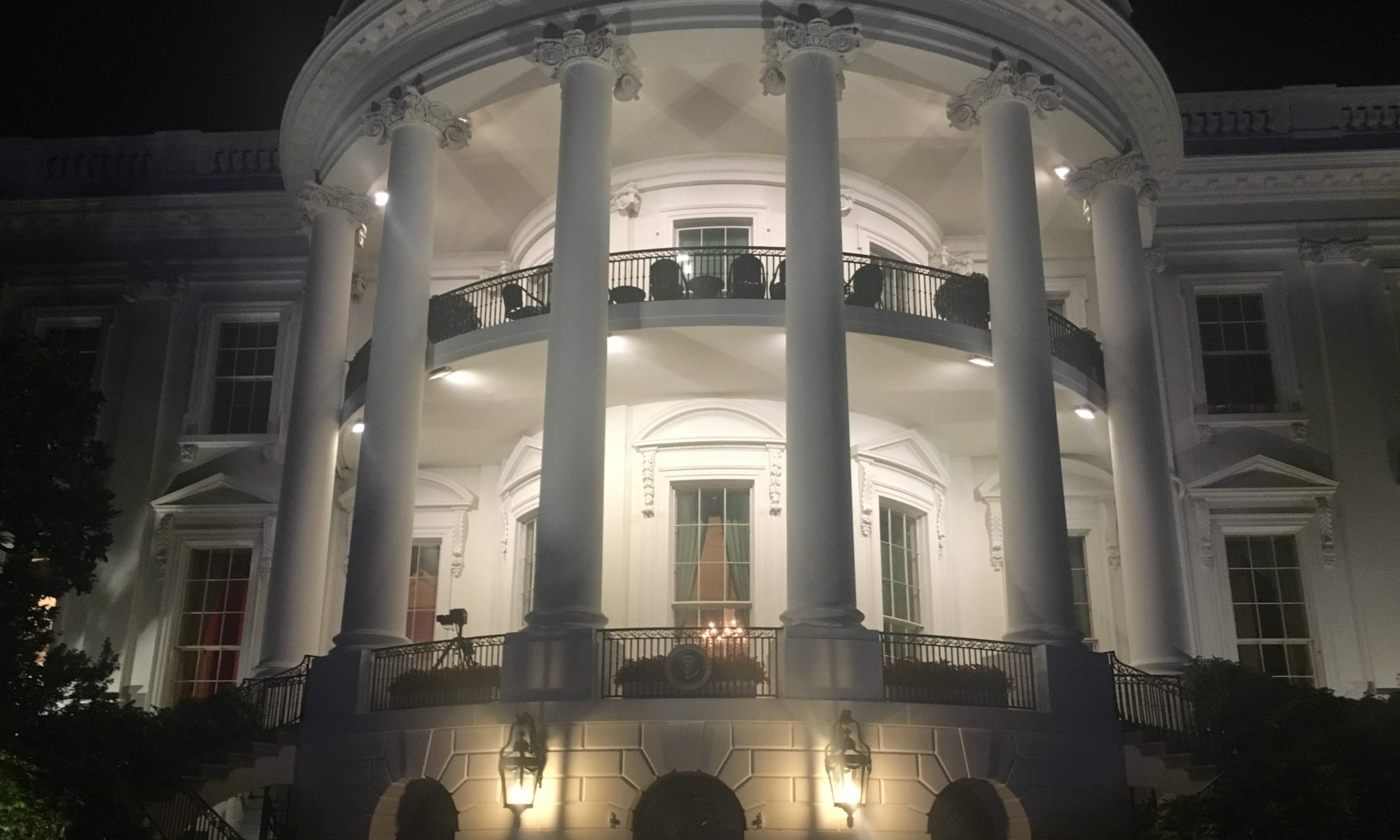May 13, 2018
As we approach the 64th anniversary of the Supreme Court decision in Brown v. Board of Education, (S. Ct. 1954), we should consider the history of the principle of equal protection under the law. Considered a right of all Americans, “equal protection” is enshrined in the 14th Amendment. Section 1 of the 14th Amendment states that “All persons born or naturalized in the United States and subject to the jurisdiction thereof, are citizens of the United States and of the state wherein they reside. No state shall make or enforce any law which shall abridge the privileges or immunities of citizens of the United States; …nor deny to any person within its jurisdiction the equal protection of the laws.”We accept this principle as sacrosanct, but history shows us that it has consistently been resisted by large swaths of white America, which could not abide the idea that black Americans or other people of color should be equal before the law, endowed with the same “inalienable rights” by their creator, as white Americans. The amendment itself was enacted in response to the Black Codes passed by every Southern state after the close of the Civil War to force newly freed black people back into a quasi slave state. A hallmark of the Black Codes were vagrancy laws, which criminalized black people for “loitering” or being unable to demonstrate that they had a permanent home or job (Source: “Wex Legal Dictionary LII; Cornell Law School, law.cornell.edu). Black people prosecuted under those laws were subject to being fed into convict leasing programs that were tantamount to slavery (Source: Slavery by Another Name, by Douglas Blackmon, Anchor Books, 2008).Once Reconstruction ended in 1877, those opposed to the equal legal rights for black people got busy erecting Jim Crow laws, which were blessed by the United States Supreme Court in the 1896 case of Plessy v. Ferguson. Plessy introduced the concept of “separate but equal,” ignoring the fact that separation enforced under color of law was per se a denial of equal protection. It took nearly sixty years and the methodically brilliant legal strategy devised by Charles Hamilton Houston and Thurgood Marshall to achieve the result in Brown v. Board of Education (S.Ct., 1954).
The point of recapitulating this history is to demonstrate that the concept that we take for granted should not be. Equal protection has never been fully accepted and has consistently been attacked since its inception. We are witnessing a brazen, frontal attack on the principle of equal protection under the law unlike anything that we’ve seen since the emergence of Jim Crow laws.Consider the evidence. In Michigan this past week, the Republican led state legislature passed a bill that would impose work requirements on certain recipients of Medicaid under the ACA permitted expansion. The bill provides that residents in counties where the unemployment exceeds 8.5% are exempt from work requirements, but does not cover residents of cities like Detroit and Flint with rates in excess of 8.5% because they are located in counties with lower unemployment rates. As a result, only 1.2% of residents eligible for the exemption are black (despite being 23% of those receiving Medicaid under the expansion), while 85% of those eligible are white (despite being only 57% of the Medicaid expansion recipients). (Source: “Michigan’s GOP plans to shield some from Medicaid work requirements,” by Jeff Stein and Andrew Van Dam, The Washington Post, 5/11/18). The only difference in who is entitled to the exemption is the color of their skin, a blatant violation of the guarantee of equal protection.
While Republicans are busy testing out novel methods of reintroducing “separate but equal” legislation, they are simultaneously seeking to insulate those laws from court challenges by stacking the bench with far right ideologues who do not accept that people of color are Constitutionally entitled to equal protection of the law. In the last several weeks, two federal judicial nominees have refused to answer the question of whether they believe that Brown v. Board of Education was correctly decided!
In response to sober questioning from Senator Richard Blumenthal, first Wendy Vitter (nominee for the Eastern District of Louisiana) and then Andrew Oldham (nominee for the Fifth Circuit Court of Appeals), refused to state whether they believed that Brown had been correctly decided. They couched their refusal in anodyne terms, relying on the precept that judges should not telegraph their views on cases that might come before them, (Source: “Mimes in Robes,” by Perry Grossman and Dahlia Lithwick, Slate.com, 4/26/18).
The problem with that answer is the idea that legal segregation violates the Constitutional guarantee of equal protection under the law is a bedrock legal principle. It has been unquestioned across the political spectrum for the past sixty years, until now. Everywhere we look, Republicans at the federal and state level are working feverishly to establish one set of laws for white people and one for everyone else. From the Muslim ban to the withdrawal of Temporary Refugee Status for non-white refugees from Haiti, El Salvador and Honduras, to Congress’ repeal of rules prohibiting discrimination in automobile lending, to the discriminatory Medicaid work rules in Michigan, Republicans are working overtime to deprive people of color of our Constitutional rights. The truth is, the Republicans are nothing more than modern day segregationists. We can’t afford to take anything for granted. Be prepared to fight like hell!
#NAACPLDEF
#Vote
#Bluewave2018

Thank you Lisa for your inspiring posts. Nan